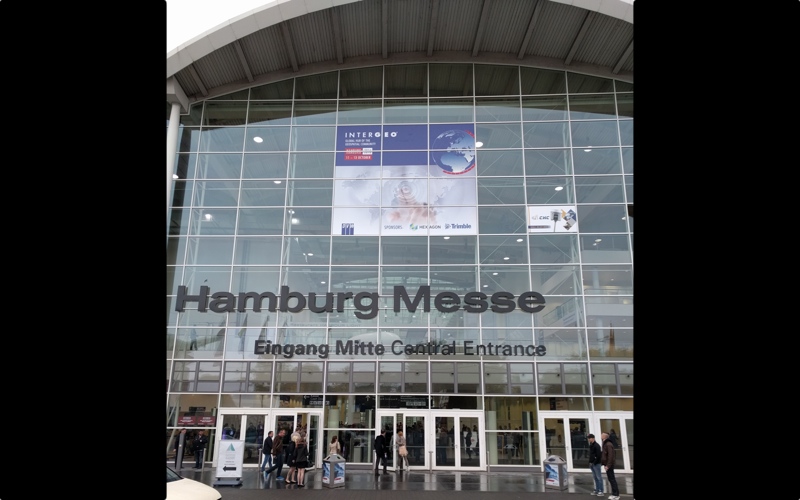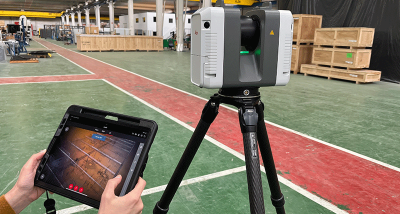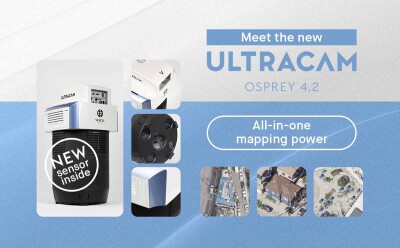That’s a wrap! Intergeo 2016 in Hamburg ran its course. Over the course of the three days of its exhibition, 530 exhibitors saw over 17,000 visitors from over 100 different countries. While I was on stand duty for the British software firm Arithmetica, we were very happy with the reception that we received to the new releases.
Integrated, smaller, faster, cheaper?
I penned this post prior to Intergeo about the trends towards hardware integration that looked to be the theme of this year’s exhibition. Walking the show floor, another trend was noticeable amongst many of the vendors: smaller, faster – and sometimes cheaper – systems. These improvements were seen not only in multi-sensor system configurations, but also in more traditionally configured systems such as terrestrial laser scanners, too.
Seeing the offerings at Intergeo has me wanting to discuss how we should be thinking of systems in new terms: We should assess a system’s value by asking how much useable data customers can acquire from its use.
What is useable data?
The reason why anyone uses a 3D imaging system within a professional context is to collect data that meets the requirements of a product, or to provide a service that in turn meets the requirements of its customers. If the collected data does not meet these requirements (i.e., if it is not fit for purpose), then it is not usable. Given the state-of-the-art of the technologies that we now have available to us, people often make the assumption that the most useable data is also the most accurately collected data.
This can be a mistake, as there are many worthwhile projects that do not need to measure the minutia. For example, the collection of information about highway assets, such as the position of signage or guardrails, will have specifications that are more liberal than those that require measurement of the dimensions of the highway itself.
Conversely, when collecting data to manage vegetation along power transmission lines, to be fit for purpose means being able to measure distances between structures that are only centimeters wide; and therefore, demand the use of higher resolution imaging systems.
Priorities in system design and selection
What matters is that data is collected with the confidence, that it meets specification, and that it is collected and accessed by those who need it in the shortest time.
So, what are the characteristics of the most productive systems? Should a system collect as much data as possible as quickly as possible, and during one visit? Or is it more valuable to have a system that collects data that would not otherwise be obtained? This is what I plan to discuss in my next post, and relate to what we saw at Intergeo.








